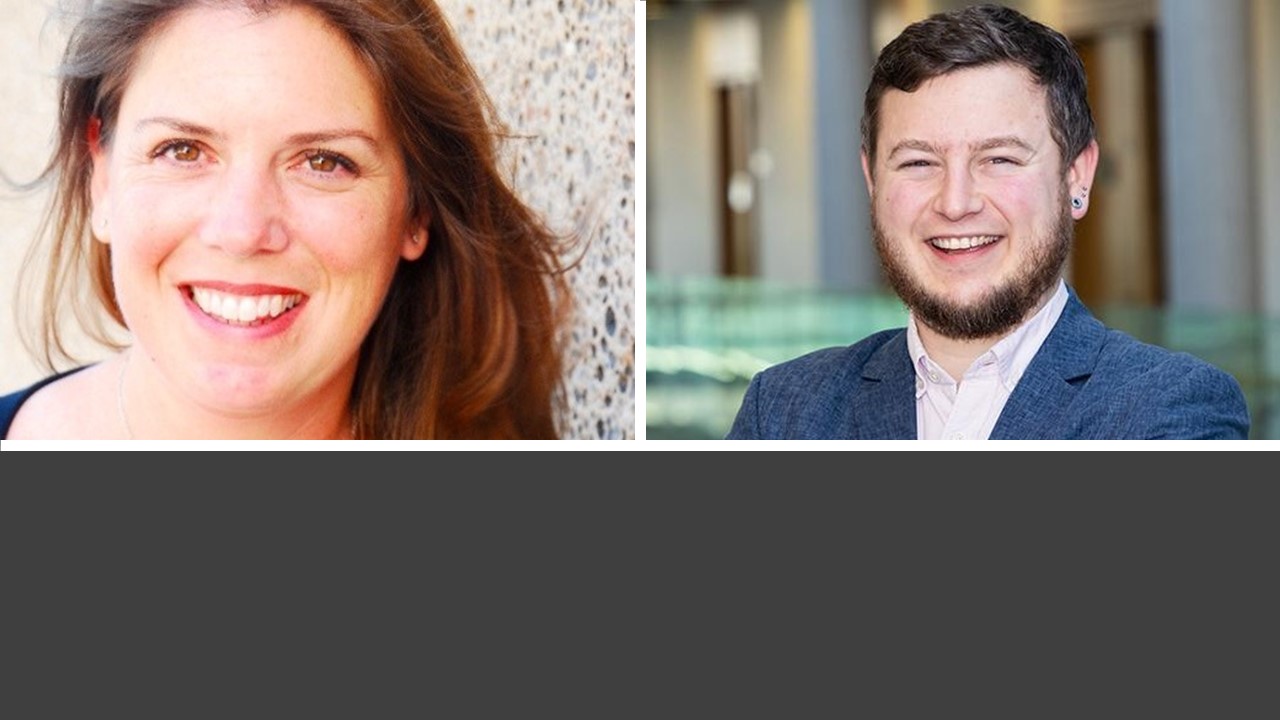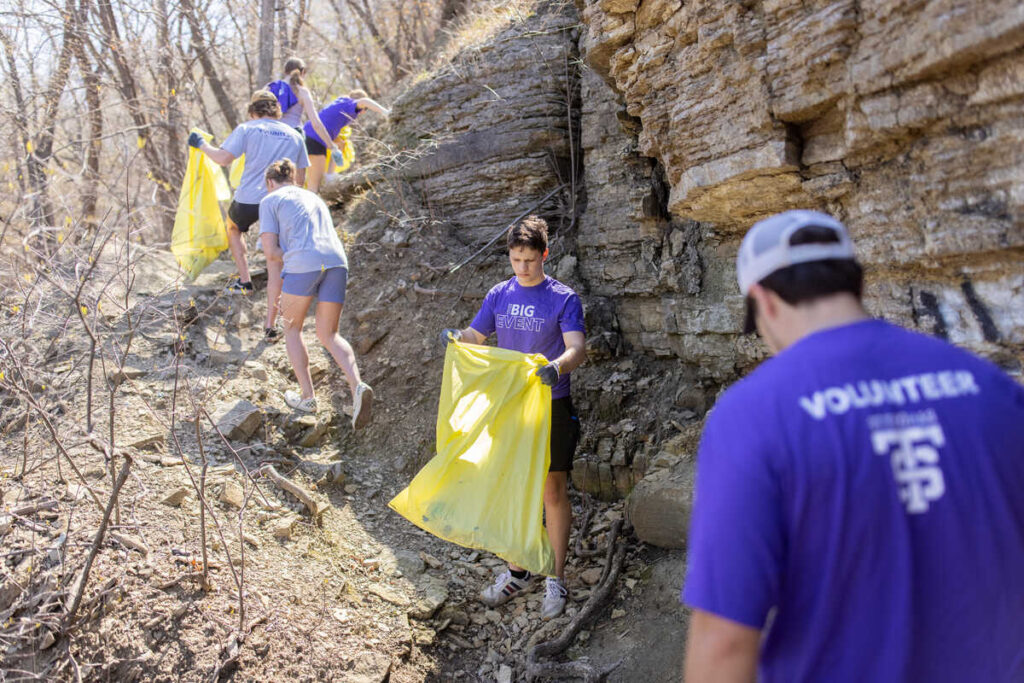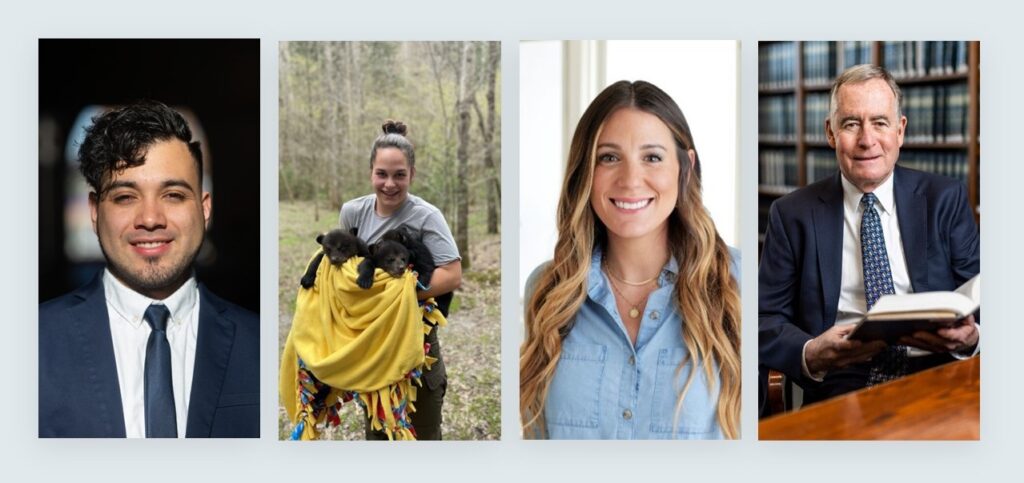Restorative justice practitioners were required to pivot because of the pandemic. The very heart of their work in restorative practice, an alternative approach to dealing with harm that relies on in-person, human connection, was challenged.
The St. Thomas Law Initiative on Restorative Justice and Healing recently explored how restorative justice practices changed. Experts Ashley McGuire and Dr. Ian Marder shared the challenges and opportunities of virtual platforms in supporting restorative justice practices and healing.
McGuire and Marder discussed in a March 2022 webinar how the community of practitioners, teachers, and researchers adapted to address disconnection, as well as to leverage the fundamentals of restorative practice to empower engagement and enable new platforms, forums and dialogues for healing.
Some advantages of virtual platforms for restorative practices, such as enabling conversation and community despite geographic limitations, convenience, cost savings, and decreased time commitment, were synonymous with the virtual migration seen in remote work and education. However, specific advantages emerged.
First, virtual platforms resulted in increased attendance in restorative groups and circle communities. For example, McGuire shared that more than six times the number of student volunteers attended Circle Facilitator Training once the training moved to a virtual platform. She saw similar engagement trends in interfaith and interreligious circles. The greater accessibility allowed anyone with a smart device to join and engage. However, access to technology, including reliance on private Wi-Fi connections due to the closure of public spaces such as libraries, and the need for a smart device, are factors limiting access to online events.
Virtual platforms afford participants the autonomy of choice not only in attendance, but in how they present themselves in the meetings. On one hand, McGuire shared that video meetings foster an “increased sense of grace and understanding, and humanity, being able to see each other in our whole humanity ...” allowing home environments, with the messiness of life, pets, and children, to create our backdrops.
On the other hand, the very messiness of life was shared by participants as one of the reasons that participants may feel uncomfortable engaging with their cameras on. For example, young people and students were identified as a demographic who felt more comfortable engaging in restorative justice practices without turning cameras on and even without engaging through audio. The opportunity to leverage the chat function, emojis, and reactions enabled meaningful engagement that allowed bridging of communication and engagement preferences due to comfort, privacy, anxiety, and safety.
For those who may experience intense emotions due to mental health, anxiety, or high impact offenses, virtual platforms may provide an increased feeling of psychological safety and an increased availability of support to create a community of care.
Practitioners shared that the loss of the physical environment impacted not only the facilitation of restorative practice, but also the impact achieved. While virtual platforms may increase a sense of safety and security, they may also accelerate or stifle emotional processing. For example, the virtual platform could lead to premature disclosure or increased vulnerability earlier in the restorative process due to the perceived environmental safety.
Cues that indicate a need for increased support, exploration, or the need for a pause may also be lost. For example, the ability to physically read and respond to body language and tangible cues that notify facilitators of unease or discomfort is far more challenging on a virtual screen. Physical meetings allow practitioners to make small comments, offer support or engage in an emotional check-in without calling attention to a participant. Creative ways the virtual platforms have adapted to meet this challenge include the presence of a therapist or psychologist in a breakout room open to attendees.
As we continue navigating the hybrid environment, the question looms of whether there is a clear format that should be leveraged for restorative practices. Generally, face-to-face connections are thought to be the most efficient form of restorative practice and that virtual platforms support indirect, rather than direct, connections. However, virtual platforms provide advantages and opportunities to create community and connection in ways that are not possible or practical from a physical platform.
Rather than endorsing one medium, Marder and McGuire say they are taking a “both and” approach in which participants are empowered to make the choice of what format best aligns with their holistic selves. The pivot of restorative practices during the pandemic invites both increased work to address challenges and an invitation to reimagine how we carry out this meaningful work.
Panelist Bios
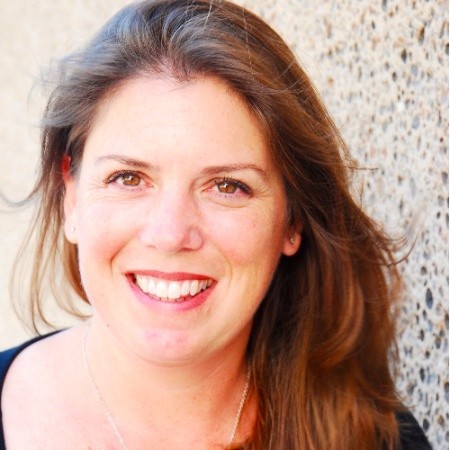
Ashley McGuire is a consultant specializing in restorative justice practices, conflict resolution, peacemaking, communication, social emotional development, and play therapy. She also serves as the director of training for the University of San Diego Center for Restorative Justice.
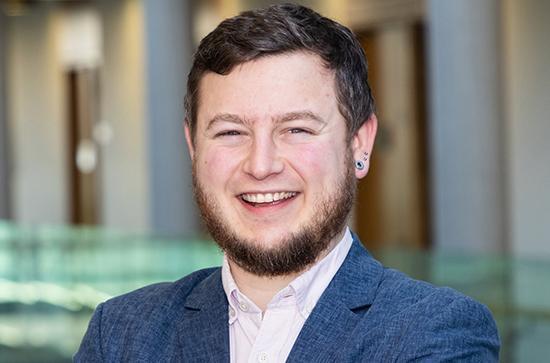
Dr. Ian Marder is an assistant professor of criminology in the School of Law and Criminology at Maynooth University in Ireland. Marder is the founder and manager of the Community of Restorative Researchers, is involved with the European Forum for Restorative Justice, and previously acted as scientific expert to the Council of Europe’s Council for Penological Co-operation.
About the Initiative on Restorative Justice and Healing
The University of St. Thomas School of Law Initiative on Restorative Justice and Healing (IRJH) was launched in 2021 to teach law students, and the broader legal community, how to utilize restorative justice practices within our courts and communities in order to facilitate healing, build bridges and bring about a more just and inclusive society. Visit the IRJH website to learn more.
